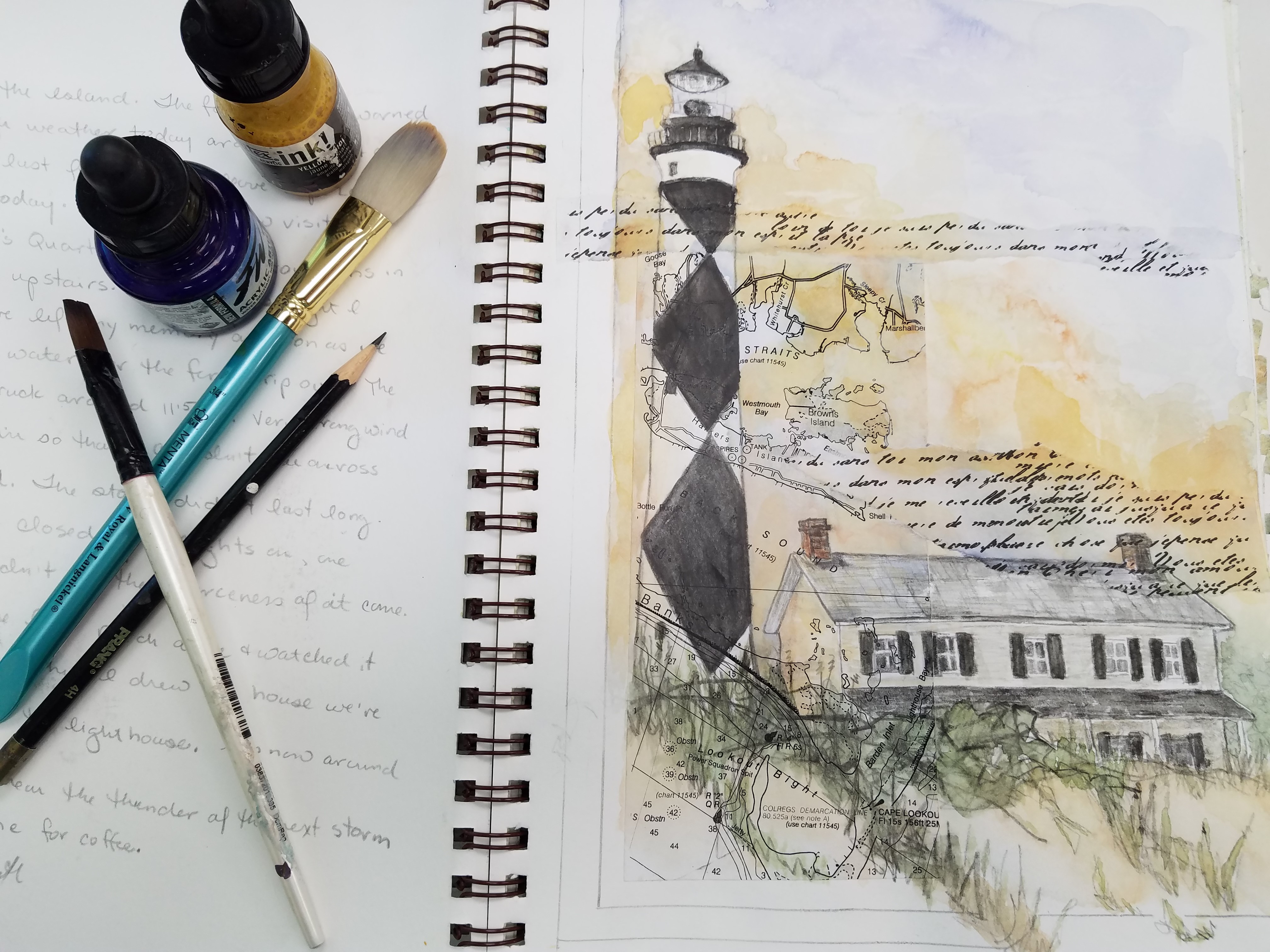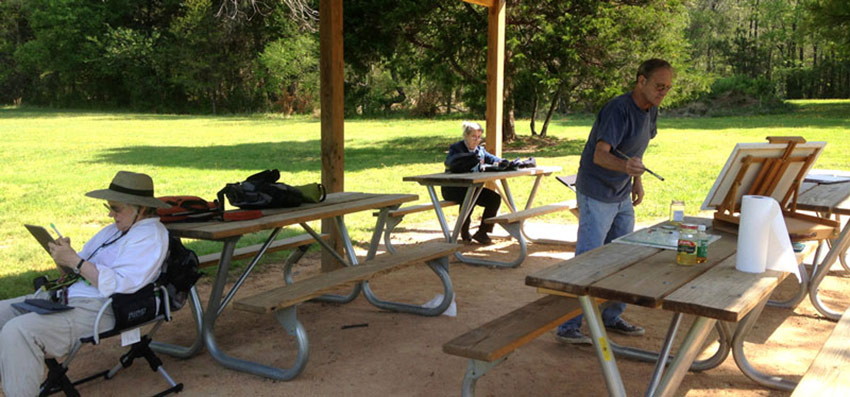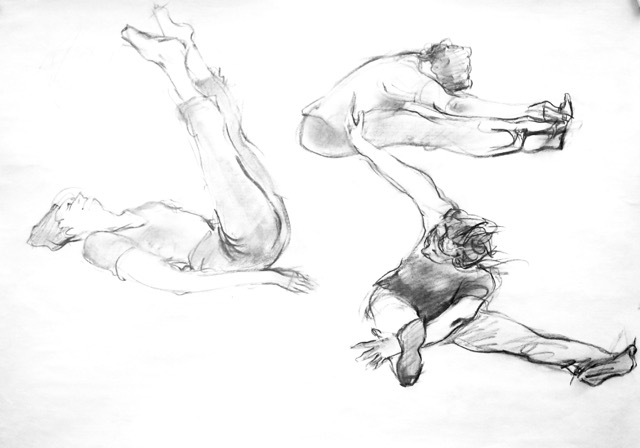Finishing up a yearlong art project left me drained and at loss of creative energy…

Do not neglect to show hospitality to strangers, for thereby some have entertained angels unawares. Hebrews 13:1-2
The first inspiration for my novel Wild Things walked into my life on all fours. I wish I could say that I took one look at that filthy, hungry, strikingly handsome creature and saw immediately the muse he was, knew instantly that he would steal my heart and transform my life. But ashamed as I am to admit it, I took one look at my four-footed muse and ran him right out of the yard.
My muses have been non-standard from the start, when my father Parkinson’s disease inspired me to write and illustrate my first picture book—and this was at a time when I not only didn’t illustrate, but hadn’t planned on authoring children’s books at all. Maybe other writers are better at knowing a muse when they see one, but looking back now at mine, I see a lot of unlikely angels entertained unawares.
But that dreary winter morning, I didn’t see any angel. I glanced out my Carrboro kitchen window and saw, crouched in the periwinkle under the bird feeder, an enormous black-and-white tomcat. His head was huge, a build-up of scar tissue from years of fighting, but I didn’t know that then. He was black except for a white chest, stomach, four white paws and a rough triangle of white around his muzzle that rose to a point between two green-gold eyes. To the right of his pink nose was his most distinguishing feature: an oval splotch of black, as though someone had stuck a thumb into black paint then pressed a solid, sideways thumbprint just there. His “half mustache” was as unmistakable as a tattoo, and gave him a goofy look. Goofy, except that his eyes were fixed on several sparrows and two brown rats feasting on fallen seeds. Goofy, except that he was poised to strike.
When I was a child growing up in Chapel Hill, my grandmother — a muse for both the grandmother and the intolerant churchwomen in Wild Things — watched her birds, as she called them, every afternoon at the kitchen window while she prayed the rosary. Though she’d become a Catholic after marrying my grandfather, her faith retained the pragmatic, reactionary character of her depression-era, Southern Baptist upbringing. Her feeders and statues of St. Francis welcomed some animals, but not others. She beheaded snakes with a hoe, bombed moles and voles in their tunnels, and poisoned chipmunks, mice and rats. She despised squirrels and fought her gray nemesis with greased poles, worthless baffles, idiotic-looking wire contrivances and relentless, unsuccessful craft. But though she hated squirrels, the antichrist would have been more welcome than a cat. So whenever I remember my grandmother perched on her step stool in afternoon prayer, I remember the cap pistol she kept on the counter beside her, and how at the sight of a squirrel or cat she left-fisted the rosary, right-handed the pistol and flew out the door firing and screeching, “Scat!”
I grew up to disagree with my grandmother that there were good and bad animals, that the pretty and well-behaved ones should be fed and the ugly or troublesome ones beheaded, poisoned or gassed. Everyone ate at the birdfeeder behind my Carrboro house, even squirrels and the occasional mouse or rat. The mice and rats came from a neighbor’s compost pile and the next-door open field, which belonged to my friend Ruby King, another muse, who I made a friend of my eleven-year-old main character, Zoë, in Wild Things.
But even though I fed all kinds of animals in my backyard, I did think it was wrong to entice creatures to a feeder so that other animals could hunt them there, so I shooed away the hawks, snakes and cats–including my own tabby — when I caught them hunting underneath. Which was why, on that winter morning, I did something that I shall regret all my days. I imitated my grandmother, flew out the front door, raced to the side of the house and chased off that frightened, funny-faced cat.
Copyright 2009 & 2010 Clay Carmichael, All Rights Reserved. Used with permission.




Comments (0)